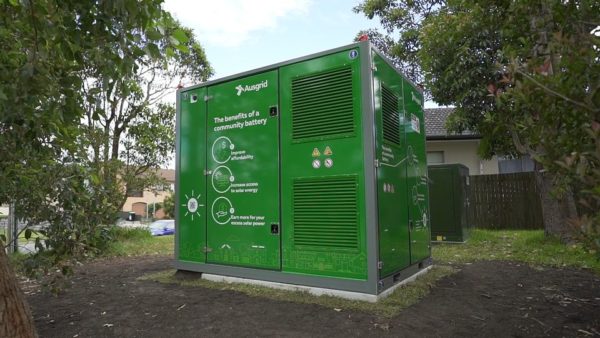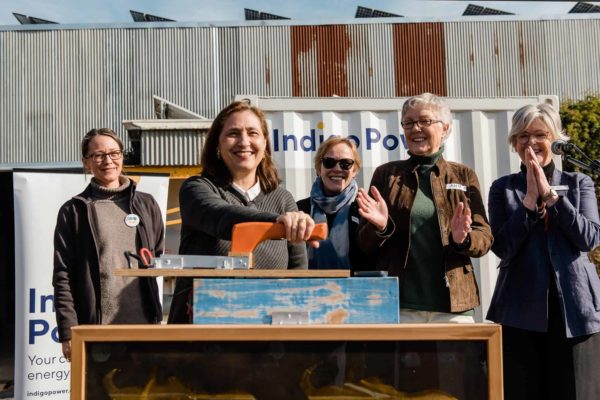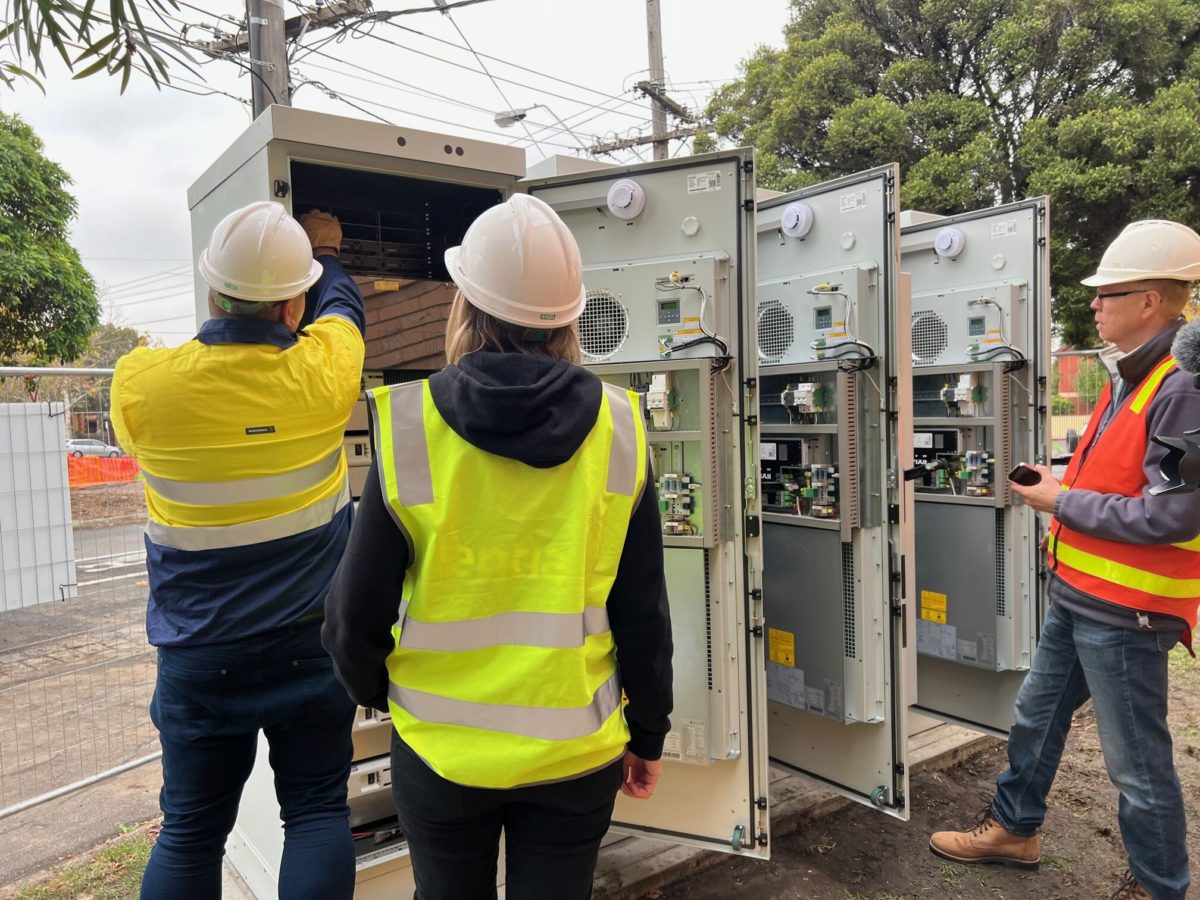Neighbourhood or community batteries have leapt into the Australian scene with politicians clearly leaning into the concept’s warm public reception. Despite underwhelming results from Australia-wide trials, the Victorian government is beefing up its funding for neighbourhood batteries.
On Monday, it launched its 100 Neighbourhood Batteries Program, opening the first round of grants in the $42.2 million (USD 27 million) scheme. The grants are open to public entities, private businesses and agencies, educational institutions, local government, co-operatives, and not-for-profit organisations.
The first round will make available $10 million in grant funding, with up to $300,000 available per battery. Projects must be completed by before August 2025, the application website notes.

Image: Ausgrid
According to the Victorian government, the new “100NB” program “builds on lessons learned through the successful Neighbourhood Battery Initiative (NBI).”
It announced the successful recipients of the third round of that preexisting NBI scheme, worth $10.92 million, the same day. Round three saw eight “business cases” and one implementation-ready project funded – namely the Alphington Community Battery project.
The Alphington Community Battery project is to be delivered by community-owned social enterprise Village Powerx with Darebin Council and will have 300 kWh of storage capacity, supporting about 100 households with solar panels.
The Neighbourhood Battery Initiative has allocated funding for batteries in 29 local government areas so far, the Victorian government noted.
Community batteries: big promise, murky reality
Community battery ownership models can take many forms, ranging from projects owned by community members or councils to neighbourhood batteries owned by distribution network service providers (DNSPs), energy retailers, or other renewables investors. Projects can also involve a mix of ownership models.
Perceived community battery benefits include enabling more local solar exports into the grid, widening access to local clean generation, raised community resilience via islanded microgrids and progress on net zero targets. While the concept inspires much hope, the results of many of the trials have found the financial and solar “soaking” benefits to be much more mooted in reality.

Image: Georgie James Photography
Energy sold from community or neighbourhood batteries is rarely cheaper for local communities. This is because electricity networks in Australia operate under a “postage stamp pricing” mandate which dictates every customer in the service area pays the same, even though it costs more to send energy further away.
While this principle itself aims to maintain community equity, it sets up a structure where using locally generated power has no real financial reward currently. That is unless a special arrangement is struck with network companies.
Be that as it may, the energy neighbourhood batteries store is greener, which remains a major drawcard for communities.
Neighbourhood or local batteries do smooth local network issues though and can diminish the need for upgrades or augmentation. Specifically, they can boost reliability, deliver local voltage control, help reverse power flows, and energy resilience in the face of natural disasters.
Australia’s federal Labor government is in the process of implementing its own national community battery program. The scheme has already been enveloped in a rorts controversy. Moreover, the choice to split the $120 million in available funding equally between network (DNSP) applicants and everyone else has meant its faithfulness to community equity is somewhat questionable.
This content is protected by copyright and may not be reused. If you want to cooperate with us and would like to reuse some of our content, please contact: editors@pv-magazine.com.









2 comments
By submitting this form you agree to pv magazine using your data for the purposes of publishing your comment.
Your personal data will only be disclosed or otherwise transmitted to third parties for the purposes of spam filtering or if this is necessary for technical maintenance of the website. Any other transfer to third parties will not take place unless this is justified on the basis of applicable data protection regulations or if pv magazine is legally obliged to do so.
You may revoke this consent at any time with effect for the future, in which case your personal data will be deleted immediately. Otherwise, your data will be deleted if pv magazine has processed your request or the purpose of data storage is fulfilled.
Further information on data privacy can be found in our Data Protection Policy.